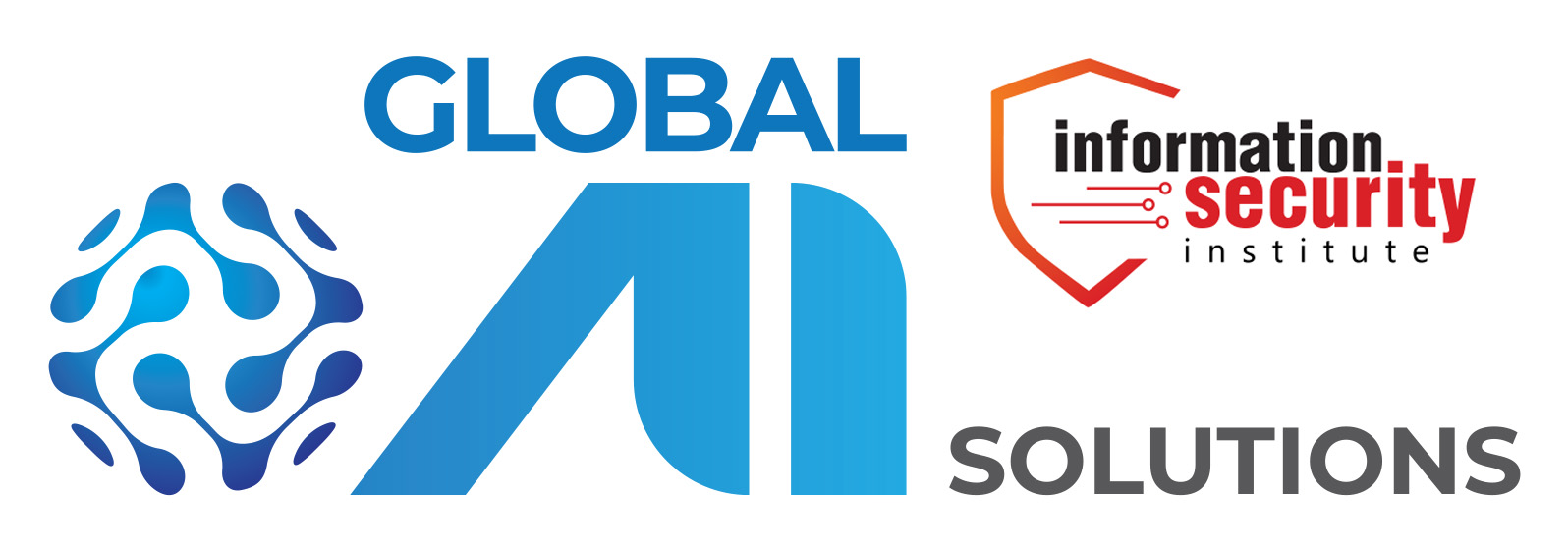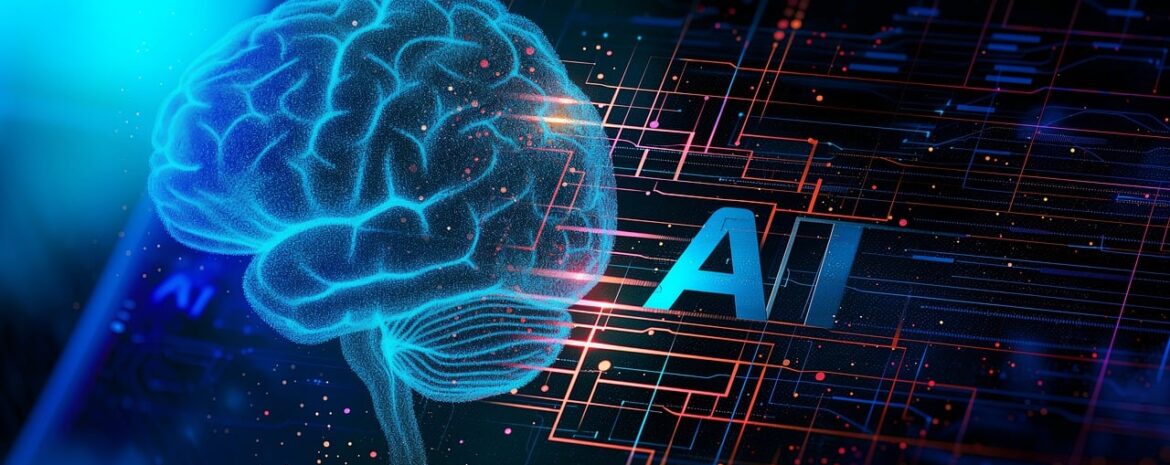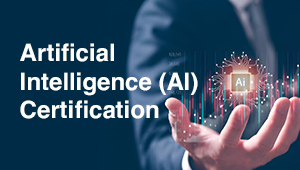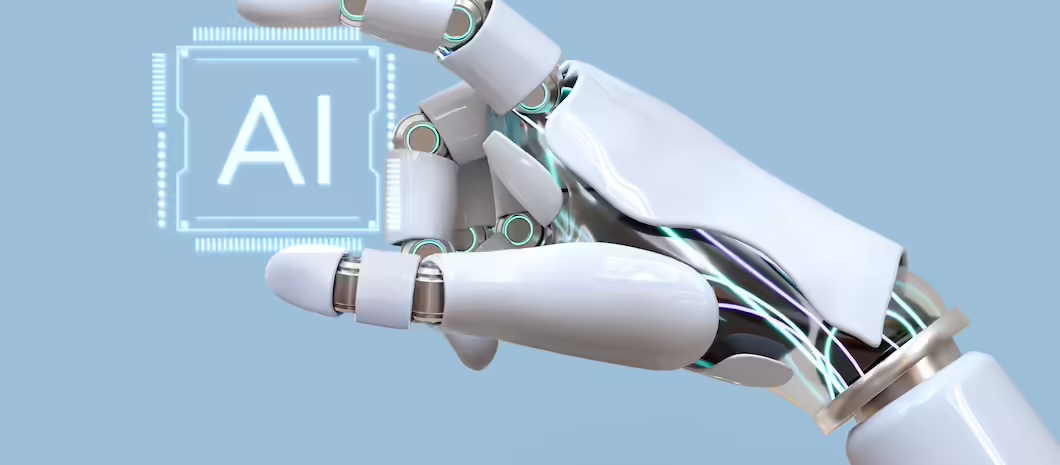Thought Leadership
Living Repository of AI Literacy Practices
European Commission publishes a living repository to foster learning and exchange on AI literacy.
Chinese Critiques of Large Language Models
Large language models have garnered interest worldwide owing to their remarkable ability to “generate” human-like responses to natural language queries—a threshold that at one time was considered “proof” of sentience—and perform other time-saving tasks. Indeed, LLMs are regarded by many as a, or the, pathway to general artificial intelligence (GAI)—that hypothesized state where computers reach
International AI Safety Report
This International AI Safety Report report presents a comprehensive overview of the scientificevidence regarding the safety of general-purpose artificial intelligence (AI). Its primary objective is to foster a shared international understanding of the risks associated with advanced AI technologies and explore effective strategies for their mitigation. Focusing specifically on general-purpose AI—defined as AI systems capable
Why is the CAIO function essential for guiding AI integration into corporate strategy?
Management, board of directors, and executives face a growing challenge: effectively integrating rapidly advancing AI capabilities into their organisations. The solution lies in the emerging role of the Chief AI Officer (CAIO), a pivotal position that steers AI initiatives across business strategy, resources, and technology. AI’s transformative power is evident across industries and global markets.
Impact of Employee-Driven AI Adoption in Shadow AI
As Bring Your AI (BYOAI) gains momentum in 2025, it will bring both opportunities and challenges for organisations. We emphasize the need for robust policies and controls to mitigate potential risks associated with using employee-acquired AI tools, such as large language models (LLMs) like ChatGPT. While these AI and IT tools enhance productivity and streamline
The EU AI Act: A New Global Standard, or a Self-Inflicted Wound?
The AI Act regulates the use and development of AI systems within the EU. It oversees the actions of numerous actors within the AI value chain, namely providers, deployers, importers, distributors, product manufacturers, and authorised representatives. While each of these operators is subject to different obligations, providers (developers) of high-risk AI systems face major regulatory
Why is AI implementation not “business as usual.”
A fundamental shift in organisations’ operations caused by AI metrics, measuring, mapping, management, monitoring, models, metadata, and misinformation is so different from what we are used to that AI is not “business as usual”. Most businesses will experience AI processes requiring significant technological, cultural, skills, and governance shifts. Unlike traditional technologies, AI introduces complexities that
Differences and Similarities in CAIO and CISO
The consolidation of the Chief Artificial Intelligence Officer (CAIO) and Chief Information Security Officer (CISO) roles reflects a pragmatic response to economic pressures and the need for streamlined company operations. Merging these positions can be seen as a strategic move to maximise resources and align technology initiatives with security protocols. From an AI perspective, integrating
2025 Corporate Calendar: Transition to Value-Based AI, Data, and IT Governance
This calendar provides a month-by-month guide to implementing a values-driven approach to AI, data, and IT governance in 2025. Each month focuses on a critical area to enhance business growth, sustainability, and competitive advantage. January: AI & Technology Governance Workshop Conduct a workshop to assess the current maturity of AI and technology governance. Equip management
2025 Corporate Calendar: Transition to Value-Based AI, Data, and IT Governance
2025 Corporate Calendar: Transition to Value-Based AI, Data, and IT Governance This calendar provides a month-by-month guide to implementing a values-driven approach to AI, data, and IT governance in 2025. Each month focuses on a critical area to enhance business growth, sustainability, and competitive advantage. January: AI & Technology Governance Workshop Conduct a
List of AI definitions
This list provides a comprehensive overview of crucial AI concepts, ensuring clarity and understanding of each term of AI with Definitions and Explanations. Machine Learning (ML): A subset of AI where systems learn from data to make predictions or decisions. It involves training algorithms on datasets, enabling them to improve over time. Artificial
Checklist for AI Governance and Policy Administration: The Cornerstone of Corporate AI Risk Management
In the age of AI innovation, robust governance and policy administration are essential for navigating AI technologies while ensuring alignment with enterprise goals. Use this checklist to build a resilient, compliant, and innovative organization. Step 1: Identify the Purpose of AI Policies Establish the foundation for why AI policies are critical to your organization’s
Why is AI implementation not “business as usual.”
A fundamental shift in organizations’ operations caused by AI metrics, measuring, mapping, management, monitoring, models, metadata, and misinformation is so different from what we are used to that AI is not “business as usual”. Most businesses will experience AI processes requiring significant technological, cultural, skills, and governance shifts. Unlike traditional technologies, AI introduces complexities
Finding Purpose at the Intersection of Passion and Innovation
Finding Purpose at the Intersection of Passion and Innovation By Mr. R. Rajendran, Sr IT Excellence Lead, Tata Steel Netherlands This article first appeared in the July 2024 edition of Directors Today, the monthly journal of the Institute of Directors, India – VOLUME X, ISSUE VII Recently, I had a conversation with a wise and
The AI Governance Revolution: Automatization and Job Displacement in GRC
As artificial intelligence increasingly permeates corporate strategies and decision-making, compliance, risk management, and audit professionals face a transformative shift in their roles. The rapid adoption of AI technology offers substantial opportunities for operational efficiency, particularly in automating compliance reviews, risk identification, and control audits. However, this shift also introduces significant challenges, particularly in ensuring responsible
Use artificial intelligence (AI) techniques to structure the data
Many organisations have done a remarkably respectable job of analysing and interrogating structured data, but if you dump some contracts and medical literature and relevant law material together, that is unstructured, and the ability to analyse & rationalize that data is one of the benefits that AI can bring to the table AI can enhance
Dodging the potential AI hand grenade in your organisation
AI is not only used to create compelling and practical content, but more importantly to implement, execute and monitor proper AI risk assessments, and intelligence on the potential for breaching compliance requirements, contractual obligations, and client expectations. The absence of a mandatory process for assessing AI risks and impacts is like a ticking time bomb,
Navigating the Intersection of the AI Act and GDPR: A Guide for Organisations
As organisations embrace the integration of Artificial Intelligence (AI) into their operations, it’s essential to consider the implications of existing regulations, particularly the General Data Protection Regulation (GDPR) and the upcoming AI Act. Both frameworks present overlapping areas organisations must address to ensure compliance and mitigate risks. Revisiting GDPR Compliance Implementing AI technologies necessitates a
Vulnerability Blindness in AI: Understanding and Addressing the Key Risks
Vulnerability blindness refers to the inability to detect and address security weaknesses within an AI system. This oversight can lead to significant operational, financial, and reputational losses, making it a critical risk for organizations leveraging AI technologies. Critical Aspects of Vulnerability Blindness 1. Undetected Security Weaknesses: – Complexity of AI Systems: AI systems often involve
Navigating Evolving Regulatory Environments with AI: A Strategic Approach for Organizations
As regulatory environments rapidly evolve, organizations face significant challenges in maintaining compliance and managing risks. The pace of change is unprecedented, and traditional compliance approaches—often manual and reactive—are increasingly inadequate for tackling regulatory changes’ growing volume and complexity. In this landscape, artificial intelligence (AI) emerges as a powerful solution, offering the potential to automate regulatory
The Chief Artificial Intelligence Officer’s Role and Responsibilities
A Guide to the CAIO Role. The CAIO develops and drives the AI strategy to align with the organization’s broader digital transformation roadmap and business goals. This involves identifying opportunities where AI can add value, such as improving operational efficiencies, enhancing customer experiences or creating new revenue streams. The Chief Artificial Intelligence Officer (CAIO) role
Embracing the AI Revolution: Challenges and Innovations in a Rapidly Evolving Landscape
As we delve into the dynamic world of implementing, executing and monitoring artificial intelligence (AI), let us take a step back, witness this remarkable evolution, and see the bigger picute of what is happening in the corporate world with AI. Participants in our AI certification course are at the forefront of this evolving narrative. Embrace
Vulnerability Blindness in AI: Understanding and Addressing the Key Risks
Vulnerability blindness refers to the inability to detect and address security weaknesses within an AI system. This oversight can lead to significant operational, financial, and reputational losses, making it a critical risk for organizations leveraging AI technologies. Critical Aspects of Vulnerability Blindness Undetected Security Weaknesses: Complexity of AI Systems: AI systems often involve intricate architectures,
Navigating Evolving Regulatory Environments with AI: A Strategic Approach for Organizations
As regulatory environments rapidly evolve, organizations face significant challenges in maintaining compliance and managing risks. The pace of change is unprecedented, and traditional compliance approaches—often manual and reactive—are increasingly inadequate for tackling regulatory changes’ growing volume and complexity. In this landscape, artificial intelligence (AI) emerges as a powerful solution, offering the potential to automate regulatory
Embracing the AI Revolution: Challenges and Innovations in a Rapidly Evolving Landscape
As we delve into the dynamic world of implementing, executing and monitoring artificial intelligence (AI), let us take a step back, witness this remarkable evolution, and see the bigger picute of what is happening in the corporate world with AI. Participants in our AI certification course, are at the forefront of this evolving narrative. Embrace
The AI Governance Revolution: Automatization and Job Displacement in GRC
As artificial intelligence increasingly permeates corporate strategies and decision-making, compliance, risk management, and audit professionals face a transformative shift in their roles. The rapid adoption of AI technology offers substantial opportunities for operational efficiency, particularly in automating compliance reviews, risk identification, and control audits However, this shift also introduces significant challenges, particularly in ensuring
Use artificial intelligence (AI) techniques to structure the data
Many organisations have done a remarkably respectable job of analysing and interrogating structured data, but if you dump some contracts and medical literature and relevant law material together, that is unstructured, and the ability to analyse & rationalize that data is one of the benefits that AI can bring to the table AI can enhance
The AI Officer Certification
The program is highly practical, grounded in ISO standards, and equipped with a comprehensive toolkit for effectively managing AI projects and assessments. Completing this certification enhances credibility and opens doors to future career opportunities. What specific outcomes are you hoping to achieve from this training? I’m committed to supporting your career growth and ensuring you
Dodging the potential AI hand grenade in your organisation
AI is not only used to create compelling and practical content, but more importantly to implement, execute and monitor proper AI risk assessments, and intelligence on the potential for breaching compliance requirements, contractual obligations, and client expectations The absence of a mandatory process for assessing AI risks and impacts is like a ticking time bomb,
How to deliver IT Governance for good compliance and risk intelligence for GDPR-, GRC- and IT oversight.
The Board of Directors (BoD) and Senior Management must provide the confidence and stability and take the appropriate level of Governance, Risk, and Compliance (GRC) to comply with GDPR, Data Privacy, Data Protection, IT, Data and Cybersecurity issues and processes. Moreover, in the GDPR mandates, there is an explicit requirement to adhere to the accountability
GDPR is a “game-changer” for future civil litigation based on the supervisory authorities findings
Data Protection and the Board of Directors liability as GDPR ushers in civil litigation claims across the EU as Article 82 of the GDPR will be a “game-changer” for civil litigation. The GDPR has changed the dynamic of discussions with the oversight authorities due to the risk of damages claimed by a potential class-action following
What are the typical IT and cybersecurity vulnerabilities across all industries?
Historically, IT and cybersecurity have mainly been focused on securing IT components, such as data, processes, IT services, servers, networks, etc. However, if the employee is the weakest link in the IT and cybersecurity chain, organisations must emphasizes the importance of identity, access management, passwords and patches. In a recent penetration testing against organisations in
In our training events, the participants retain 90 per cent of what they go through as reference material for future implementations
The Difference between Training and Learning from e-Compliance Academy certification courses: We provide an e-learning platform to enhance the organisation’s ability to learn so that the participants can translate that learning into actions under the GRC and IT security oversight Traditional training is an “event”, while learning is about fully engaging the participants with the
ISO Standards are vital to ensure quality and safety in both products and services in the corporate world.
The current Data Privacy, Data Protection, IT and Cybersecurity concerns necessitate businesses to benefit from ISO standards as they can help cut costs by improved systems and procedures put in place and to comply: At the GDPR Reboot session professor Hernan Huwyler, Kristian Boe and Kersi Porbunderwala and Kristian Boe will speak on the following
ISO updates and the many uses and expectations for an improved framework
There is a massive demand for roadmaps and frameworks that provide knowledge about the personal data standards, IT and cyberSecurity Techniques and how to structure the privacy data and information, management and guidelines in databases and IT systems. The purpose of the ISO standards is to define a control framework, e.g. the protection of personal
How to Close the Business Information Skills Gap with Training and Certification
All organizations need to catch-up with the current technological progress to be on the cutting edge of the ongoing fourth industrial revolution, where data is at the core of any business model requires that all organizations close the skills and learning gap from the third industrial revolution that used electronics and information technology in the
The Perfect cyber security storm, how prepared are businesses across Europe
It seems that in the real world the number of storms and tornadoes recorded appears to have increased significantly. The jury is still out on the reasons for the increase, as the storm data is limited. In any case, when the storm hits an area, region or an organization, each one is expected to make

































